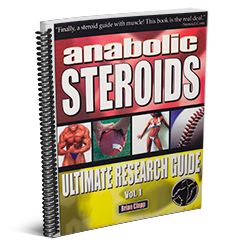
Originally Posted by
Windex

A Fitbit is not going to give you your TDEE it's just going to give a rough guideline of your daily steps, calories burned, and a few other things depending on the model purchased. The TDEE calculation is a combination of your BMR and activity level and a few personal measurements.
A macro split is based off the amount of calories you are eating in a day. 1g of Protein and 1g of Carbs each have 4 calories whereas 1g of Fat is 9 calories. I like not having such a big deficit on a recomp approach. However, trying to gain muscle + lose fat at the same time without introducing drugs (steroids, clen, T3, ECY, etc) is a very big uphill battle for those inexperienced / not advanced, resulting in a lot of tire spinning.
The diet sticky threads are extremely valuable so it will be beneficial to read through them as every nutrition plan is going to use information from them as the foundation.
A 40-40-20 split is a cookie cutter starting point. It's a baseline (Like HMB said) that needs to be customized to yourself over time as you understand more about your body, adjust your training, and pivot on goals. If there was an "optimal" meal plan then everyone would be eating the exact same 8-10 foods, at the same times of day, in the same quantities. The two most common reasons why people fail in nutrition are
(1) Compliance
Think of a good -> better -> best scenario when you pick foods and make sure it's something that can be incorporated into your lifestyle year round. Someone who follows an 8/10 nutrition program 100% of the time will always be more successful than a person who follows a 10/10 nutrition program 80% of the time.
(2) Tracking
A journal is important here so that you can go back and see how you've progressed. More than just weight and bodyfat, you wan't to be able to track body measurements and overall well being. Sometimes it takes a few minutes of reflection to realize - hey I switched to eating more dairy and I feel like crap since my last check in, I better pull back on the dairy and switch back to X. As well, in order to have a more accurate idea of your bodyfat % you want to use body fat calipers or DEXA scan. Over time you will be able to require less external tools as your experience level increases. Many members here can see a persons photo and know the bodyfat % in +/- 1%. To the point of measurements, the scale is very misleading at times. If you shrink your gut or waist and keep arms and chest the same size for example, then thats a huge win regardless of what the scale says.





 Reply With Quote
Reply With Quote

